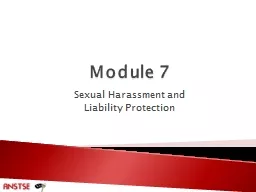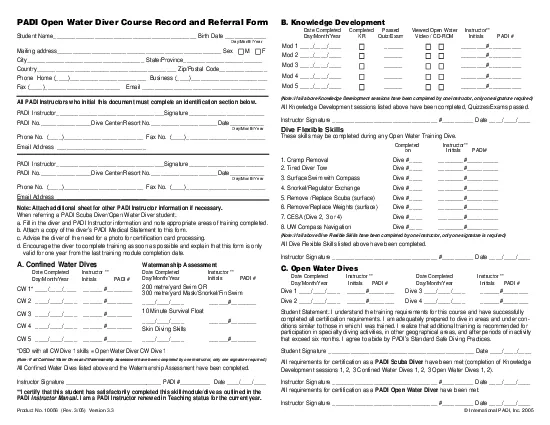PPT-Introduction to AP CS [ 1.01 ] [ Today’s Date ] [ Instructor Name ]
Author : mitsue-stanley | Published Date : 2018-12-13
Answer the following on paper What is your name and grade What should I call you or whats your preferred nickname Why are you taking this class Do you have any previous
Presentation Embed Code
Download Presentation
Download Presentation The PPT/PDF document "Introduction to AP CS [ 1.01 ] [ Today�..." is the property of its rightful owner. Permission is granted to download and print the materials on this website for personal, non-commercial use only, and to display it on your personal computer provided you do not modify the materials and that you retain all copyright notices contained in the materials. By downloading content from our website, you accept the terms of this agreement.
Introduction to AP CS [ 1.01 ] [ Today’s Date ] [ Instructor Name ]: Transcript
Download Rules Of Document
"Introduction to AP CS [ 1.01 ] [ Today’s Date ] [ Instructor Name ]"The content belongs to its owner. You may download and print it for personal use, without modification, and keep all copyright notices. By downloading, you agree to these terms.
Related Documents

![PPT-Introduction to AP CS [ 1.01 ] [ Today’s Date ] [ Instructor Name ]](https://thumbs.docslides.com/740683/introduction-to-ap-cs-1-01-today-s-date-instructor-name-1611315.jpg)
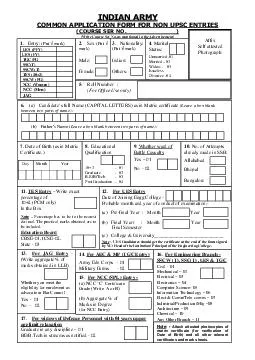
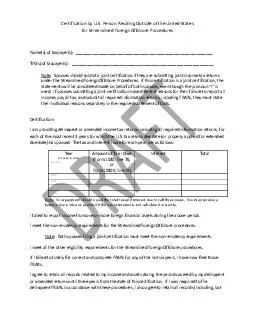
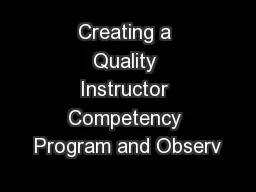


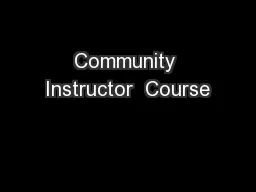
![Introduction to AP CS [ 1.01 ] [ Today’s Date ] [ Instructor Name ]](https://thumbs.docslides.com/737826/introduction-to-ap-cs-1-01-today-s-date-instructor-name.jpg)
